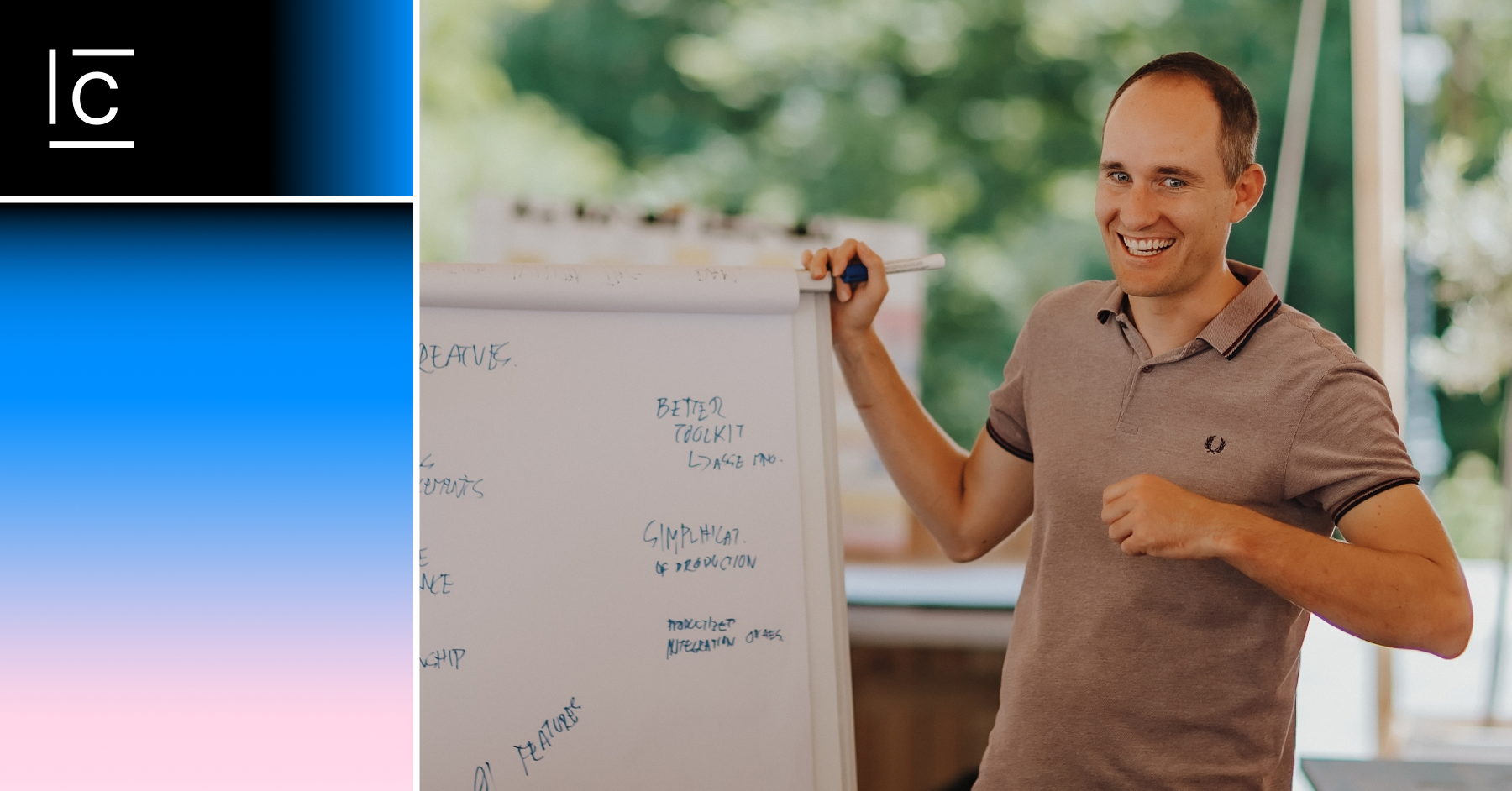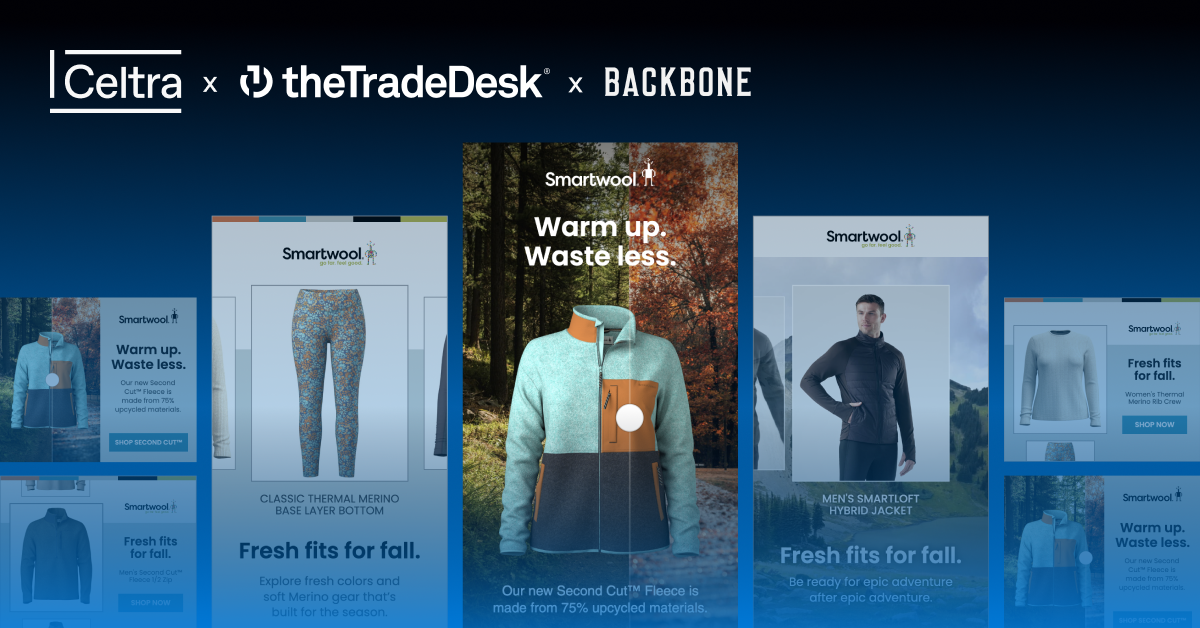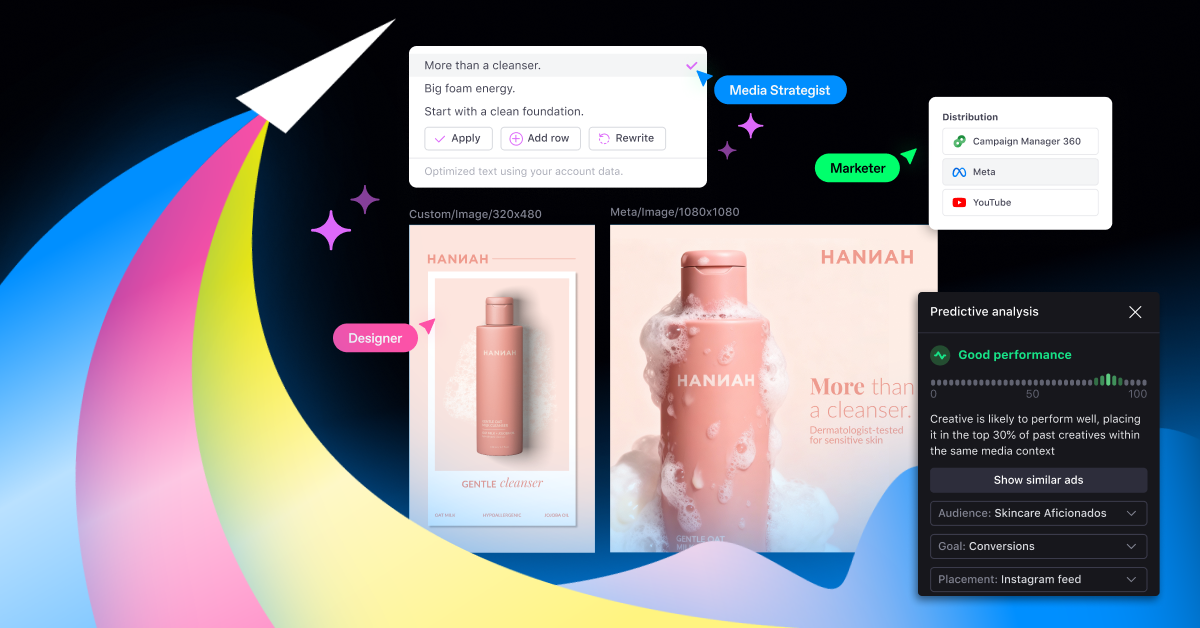Celtra’s Creative Automation is a software for producing enough creative variety and content volume to power any of today’s most impactful campaigns. It’s been some years in the making, so to mark the exciting launch of this new product, we sat down with VP of Product Uroš Pirnat to discuss the process. Uroš shared the framework behind the plan that successfully built and launched our newest product revamp.
How did you identify the need for the solution revamp & what inspired the revamp?
It’s been a while in the making…. When we started with creative automation, we onboarded our first customers to an evolved version of Celtra’s original product, designed for the artisanal production of rich media creatives. Although this was working, and we were able to help our customers a lot, we believed that we could address content scaling challenges even more effectively.
Back in 2020 we began to feel that if we started from scratch and designed a product purely for content scaling, we could deliver a far stronger solution for the challenges our customers face every day. And that’s how it all began…
What was the ultimate goal of this project?
One can always think about matrices and KPIs and everything you want to achieve, right? But at the end of the day, what we really wanted was to deliver a product that is a great solution for customers’ problems and is enjoyable to use. One that our customers really love, that makes their lives easier, saves time, makes their jobs easier, etc.
With the previous generation of our product, we successfully delivered game-changing efficiencies on big campaigns and complex workflows; however, for this one, we also wanted the product to work better for customers who face different kinds of content scaling challenges, such as high-frequency asset requests or campaigns with smaller volumes.
Obviously, UX forms a big part of this as well- we wanted to create a modern design software that people are familiar with. If we can mention matrices for a second – one of them was actually ‘onboarding time’- which we wanted to keep short by making the product simple to use and easy to pick up. But as I said, the ultimate goal was to build a product that customers love and that addresses their pain points.
Could you tell us a bit about the planning process and how you defined the scope of the project?
Planning was quite a challenge, but the scope was not as much. We had a clear idea of what we wanted to build, but the bigger challenge was the size of the scope and how to execute it in a predictable way. This is particularly challenging when you are on the cutting edge of what technology can do. In such situations, you simply cannot predict how much time anything will take, making planning quite difficult.
It usually helps to break down a project into several phases/milestones. In our case, Phase 1 involved just a few people working on creating a high-quality prototype and experimenting with different concepts. These were just a couple of people: one to two engineers and product designers. Then, we moved into the second phase, when we scaled development to a larger team. The goal of the second phase was to deliver a product that was essentially a stable, production-ready version of the prototype.
The third phase involved further scaling of the development. At this point, almost every team member began working on this project. As the software really began to take shape, we triggered the final phase, which was to give the product to our very first customers to try out, get the first market feedback, optimize it, address things that we missed, etc.
How did you validate your assumptions about the solution improvements that you identified?
In the defining phases of production, our alpha program (the prototype) tested different ideas. We also ran a UX research program, which involved interviewing existing and potential users. We used their insights about certain UX visibility issues to inform what we did next.
We also extensively tested the product internally. We took hundreds of preexisting campaigns that our customers had produced in the previous generation of our product and recreated them in the new system. In addition, in the last couple of months, we started sharing the product with some of our customers so they could build projects with the intention of commercial use—which is a great way to play around and test with real-life case examples.
What were the biggest challenges you faced, and what advice can you give on overcoming them?
There were many challenges, it is hard to point out one. Many of the challenges were technical, for example, the rendering pipeline had to scale from a few to a few thousand instances and can process thousands of images and videos in minutes, the outputted videos need to have frame-perfect sync of animations… Some of them were UX related, for instance, how to have consistent UX used in a design ecosystem in combination with unique functionalities needed to solve content scaling problems.
As mentioned, predicting development is also not easy, and likely, things will not go as planned. It is important to prepare yourself and your team by clearly defining your priorities in such situations.
The way I think about it is when building software projects, you are faced with three components: quality, the number of features (scope), and time. It’s an inevitable truth that you will, at some point, have to sacrifice one of those three. In this scenario, the key thing is to be prepared and have a clear idea of which will be the one to go. In our case, we skipped a couple of features because we were under time pressure – but that doesn’t mean we can’t continue to build them into the product as we go.
What are you most excited about with the launch of this new product?
If I had to pick one thing, it would definitely be the fact that we are now at a point where, after a long time developing this in the ‘lab’, we can finally share the product with our customers. I am really excited for them to have it in their hands and actually to start using it. That is what excites me the most- the reality of its existence in the wild and the potential that it yields.
What feat will you tackle next?
Now that we have a fully functioning platform- the next step is to build on top of it. We have created the core – a strong foundation that will be useful for a much wider scope of customers. However, for many use cases, having a great core is not enough if it cannot be plugged into customers’ workflows and ecosystems. And this is one of the areas that we will focus on next.
On the other hand, I’m also looking forward to getting deeper into the AI functionality of our platform. We’ll be able to hit certain functionalities and solve problems that were not previously possible! This is incredibly rewarding, and I look forward to watching it grow.






